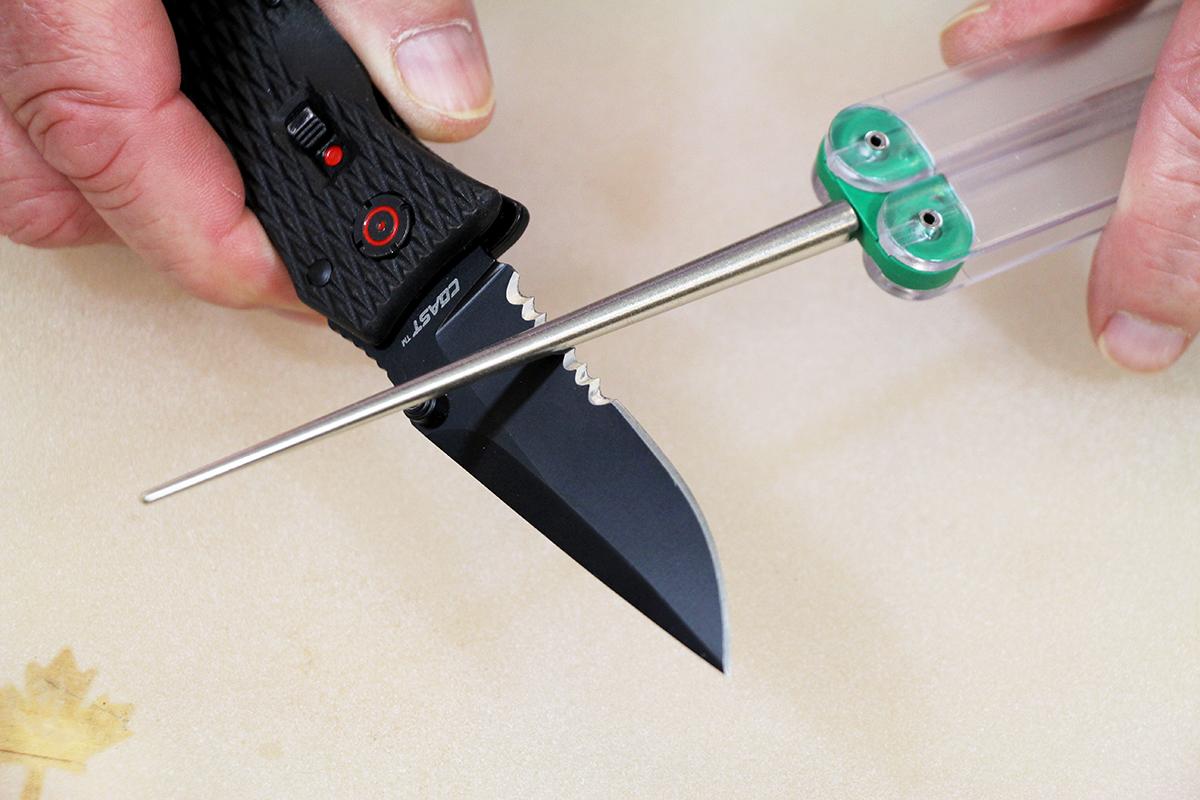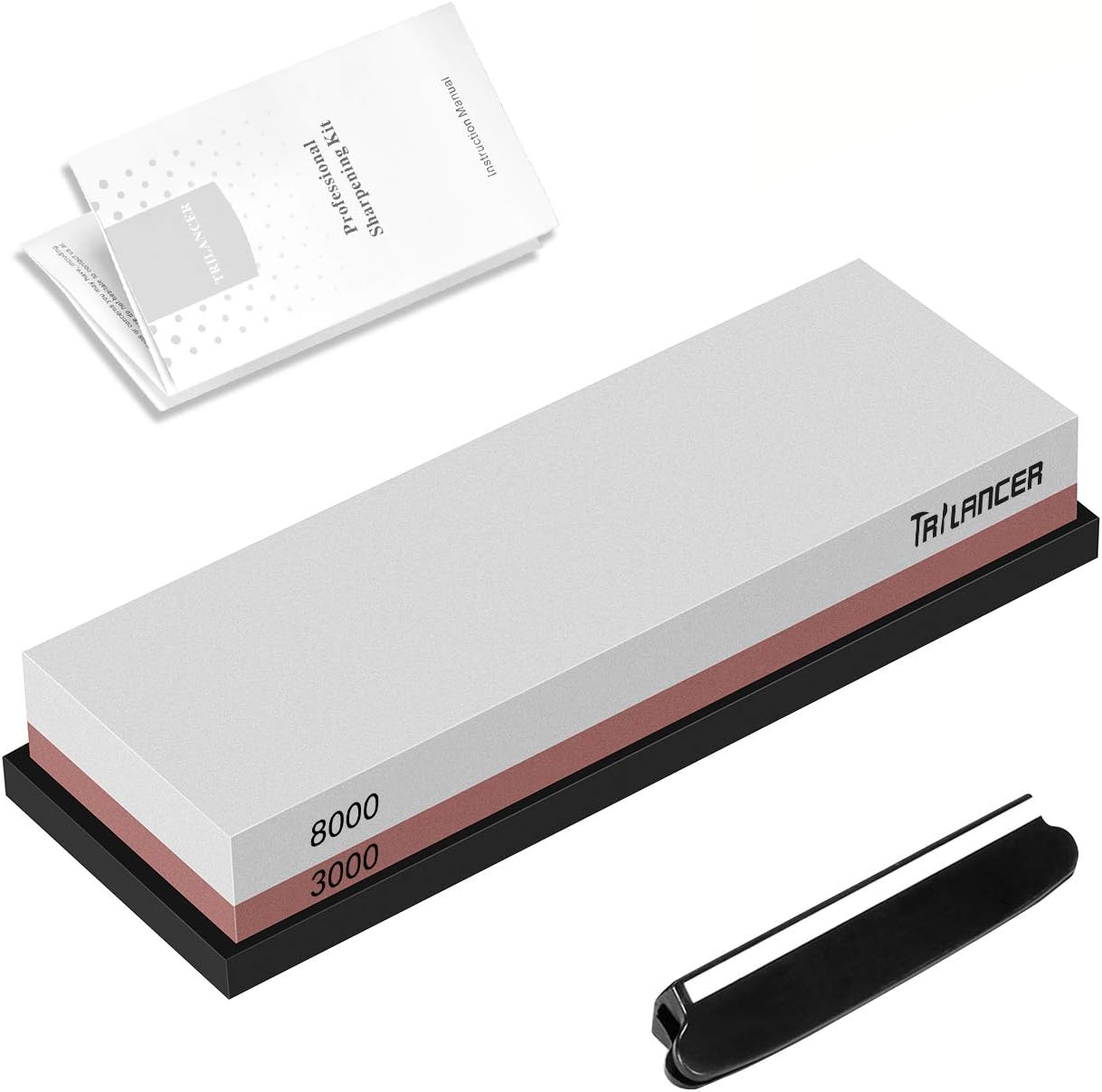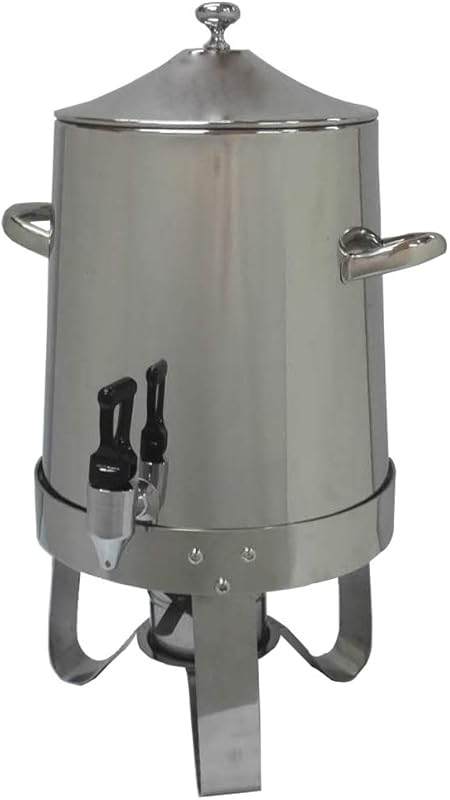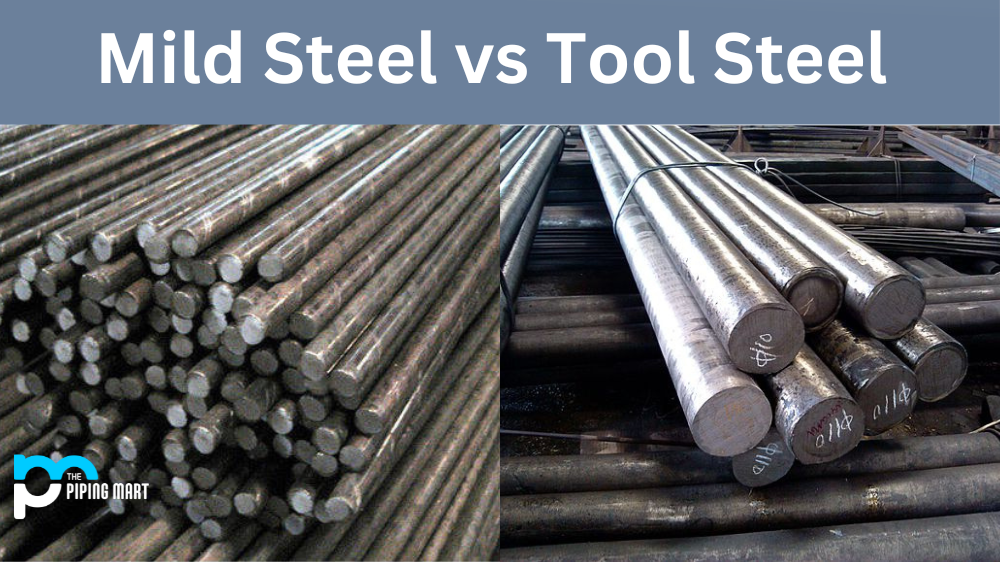Knife Sharpening Safety: What Every Hunter Should Know
Knife Sharpening Safety: What Every Hunter Should Know
For hunters, a sharp knife isn’t just a tool; it’s an essential piece of safety equipment. A dull knife requires more force to cut, increasing the risk of slips, accidents, and ultimately, injury. But sharpening a knife, while crucial, also presents its own set of dangers if not approached with caution and proper technique. This guide will delve into the safety aspects of knife sharpening, equipping you with the knowledge and practices to keep yourself safe while maintaining your hunting knives.
Understanding the Risks: Why Safety is Paramount

The seemingly simple act of sharpening a knife can lead to serious injuries if proper precautions aren’t taken. Sharp blades, by their very nature, pose a risk of cuts and lacerations. Add to this the potential for slips, the force involved in sharpening, and the presence of abrasive materials, and you have a recipe for accidents. Even experienced knife users can experience accidents, highlighting the importance of constant vigilance and adherence to safety procedures.
Setting Up Your Sharpening Station: A Safe Workspace
Your workspace is your first line of defense against accidents. Choose a well-lit area with ample space to move around comfortably. Avoid sharpening on unstable surfaces like your lap or a wobbly table. A sturdy workbench or table provides a stable platform for both you and your tools. Keep your sharpening station clear of clutter—any obstructions can lead to accidental knocks or falls.
Consider wearing safety glasses to protect your eyes from flying metal shavings or fragments of the sharpening stone. Sharpener dust can also irritate the eyes, so safety glasses are a wise investment. Gloves are also advisable, especially when working with particularly aggressive sharpening stones or when handling a very sharp blade. They’ll protect your hands from cuts and abrasions.
Choosing Your Sharpening Method: A Safe Approach
Several methods exist for sharpening knives, each with its own safety considerations. Electric sharpeners, while convenient, require caution to avoid injury from the rapidly rotating wheels. Always follow the manufacturer’s instructions carefully and never reach into the mechanism while it’s running.
Manual sharpening using honing steel, whetstones, or sharpening stones requires a steadier hand and a greater understanding of proper technique. Incorrect angles or excessive pressure can quickly lead to damage to the blade or injury to the user. Start with a low angle and gradually increase pressure as you become more comfortable. Remember, slow and steady wins the race. A rushed job often results in a dull knife, but more importantly, a heightened chance of an accident.
Sharpening Techniques: Minimizing Risks

Regardless of your chosen method, consistent technique is crucial for both sharpening effectiveness and safety. Maintain a firm but not overly forceful grip on the knife. Excessive pressure can lead to slips and cuts. Keep your fingers well clear of the blade’s path at all times. A helpful tip is to use a push-pull motion rather than solely pushing or pulling. This helps maintain control and minimizes the risk of the blade slipping.
When using whetstones, ensure the stone is securely placed on a non-slip surface. A dampened surface provides better grip. Regularly inspect the stone for chips or cracks. A damaged stone can be more dangerous than a sharp blade itself.
Post-Sharpening Procedures: Safe Handling and Storage

Once you’ve finished sharpening, inspect your knife carefully for any damage or imperfections. Test the sharpness on a piece of soft wood or cardboard, never your hand. After use, clean the blade thoroughly to remove any residual metal particles or sharpening debris. Always store your knives safely, using a sheath or a knife block to prevent accidental cuts.
Maintaining Your Sharpening Tools: Preventing Future Hazards
Your sharpening tools require care and maintenance as well. Regularly clean your whetstones or sharpening stones to remove debris. Inspect them for chips or cracks before each use. Proper maintenance ensures efficient sharpening and minimizes the risk of accidental damage to the blade or injury to yourself.
Conclusion: Safety First, Always

Sharpening knives is an essential skill for any hunter, but safety should always be the top priority. By following these safety guidelines and employing proper techniques, you can minimize the risks associated with knife sharpening and maintain your valuable hunting tools while staying safe. Remember, a sharp knife is a safe knife, but only when handled responsibly.


